Car buyers often dream of owning something stylish, powerful, or tech packed, but reliability can make or break the ownership experience. Over the last decade, some vehicles promised a lot but ended up frustrating their owners with constant breakdowns, recalls, and repair bills. These are the cars that experts and owners alike consider the most unreliable models sold in North America, along with the problems that have defined their reputations.
Fiat 500

The Fiat 500 arrived with European charm and a playful personality, but owners quickly discovered the reality was less than cute. Electrical issues plagued everything from the infotainment system to the basic wiring harness. Transmission failures, especially with the automatic models, often came far earlier than expected, sometimes before 60,000 miles. Owners also complained about interior pieces that wore out quickly. Repairs often required waiting weeks for parts shipped from Europe, making the downtime a nightmare. With many spending thousands on repeated repairs, the 500 became known more for frustration than fun.
Jeep Cherokee (2014–2019)
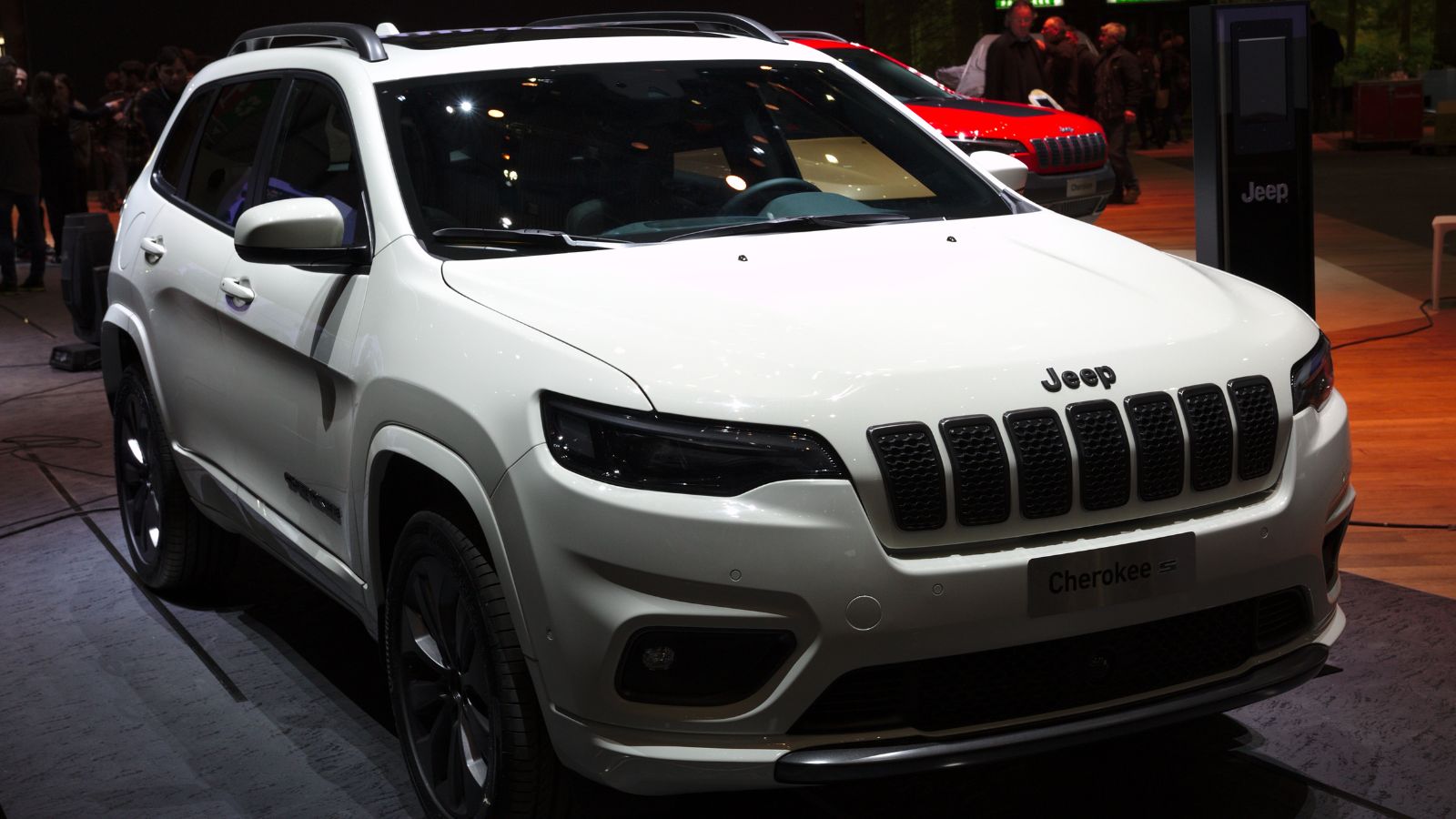
The Jeep Cherokee’s return was supposed to be a big moment, but it was overshadowed by a troublesome nine speed automatic transmission. Instead of smooth driving, owners dealt with hesitation, jerky shifting, and even full failures. Many needed replacements before hitting 70,000 miles, with costs ranging from 3,000 to 5,000 dollars if not covered by warranty. Add in constant electrical glitches—ranging from malfunctioning backup cameras to dead instrument clusters—and the Cherokee became a regular visitor at repair shops. Off road ability was decent, but its reliability record soured the ownership experience.
Ford Focus (2012–2016)
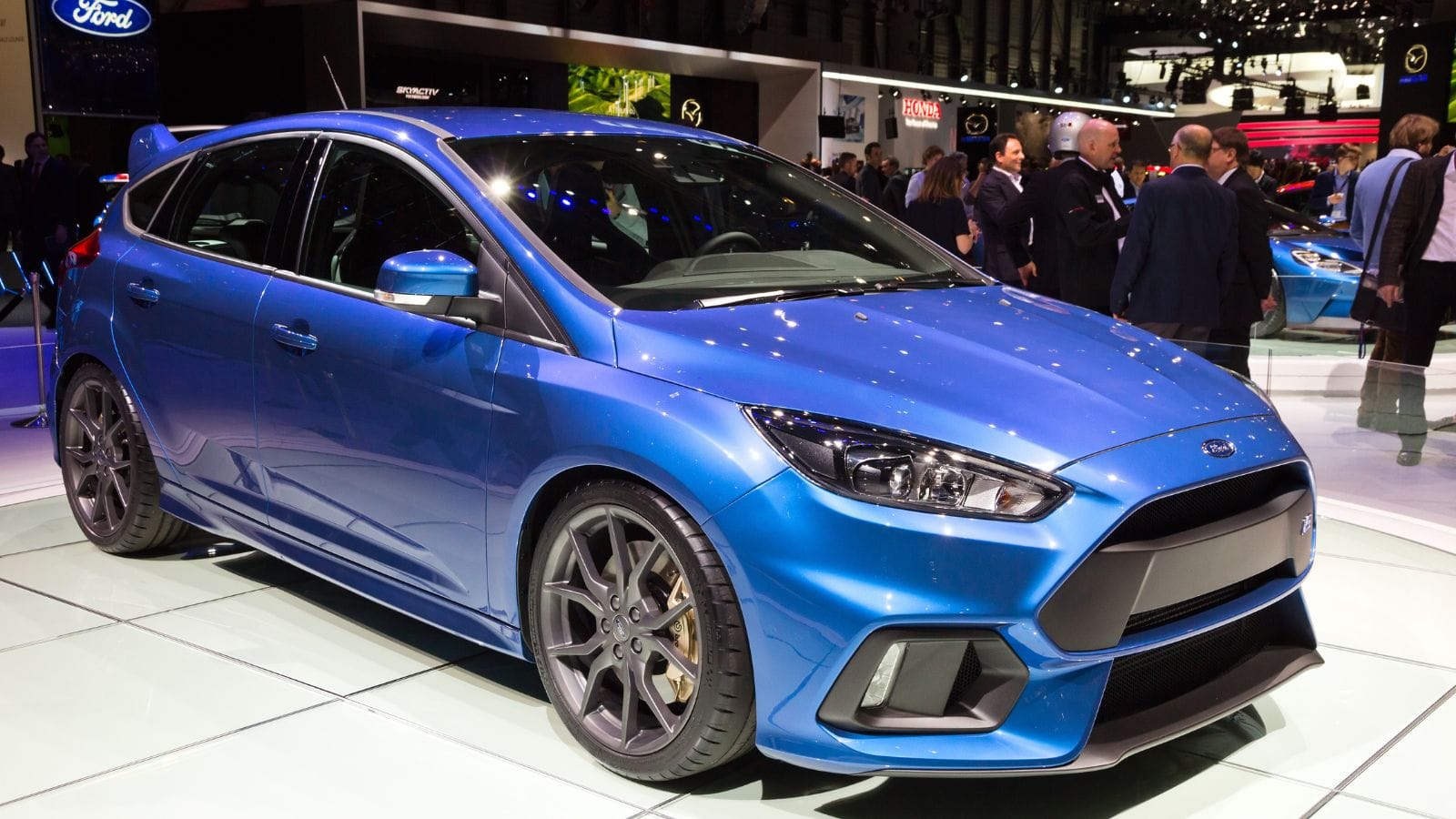
The Ford Focus looked like a strong contender in the compact car market, but its PowerShift dual clutch automatic transmission proved disastrous. Owners reported constant shuddering, slipping, and sudden loss of power. Some described it as feeling like a manual driven badly by a rookie. Many cars needed multiple transmission replacements, each costing thousands. Lawsuits and warranty extensions followed, but by then the damage to its reputation was complete. Even basic repairs like clutches and seals became routine expenses. For many owners, the Focus was less a daily driver and more a case study in frustration.
Nissan Altima (2013–2018)
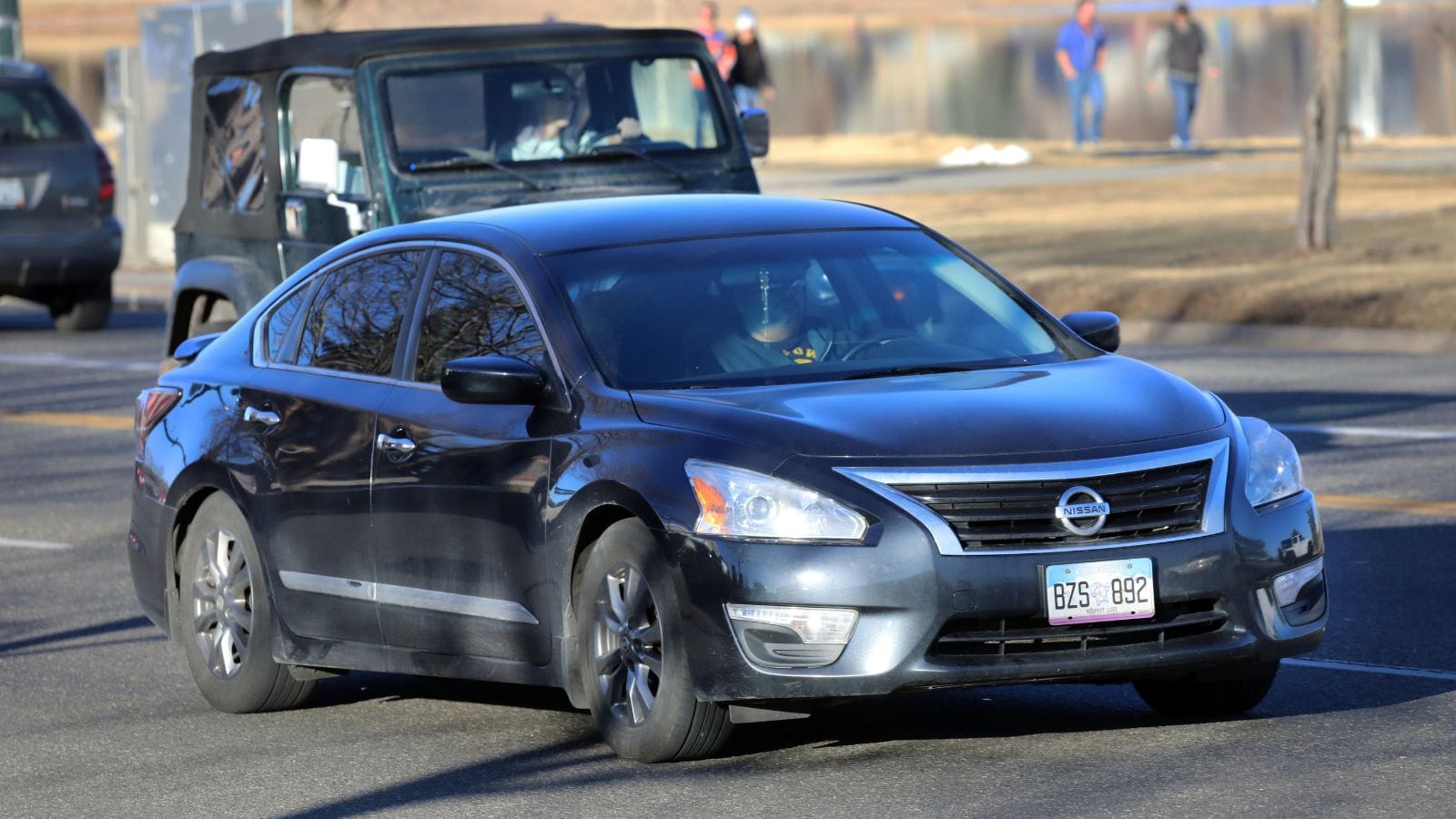
The Altima’s popularity masked its flaws. The main culprit was Nissan’s CVT transmission, notorious for whining noises, overheating, and outright failure well before 100,000 miles. Replacement costs often ran between 3,000 and 4,500 dollars, making it a financial nightmare for owners. Steering systems also gave trouble, with some reporting loose, vague handling caused by failing racks. While the Altima was roomy and comfortable, the sheer number of CVT failures made it one of the least dependable sedans in the last decade. Mechanics often advise against keeping older Altimas for this very reason.
Chrysler 200 (2015–2017)
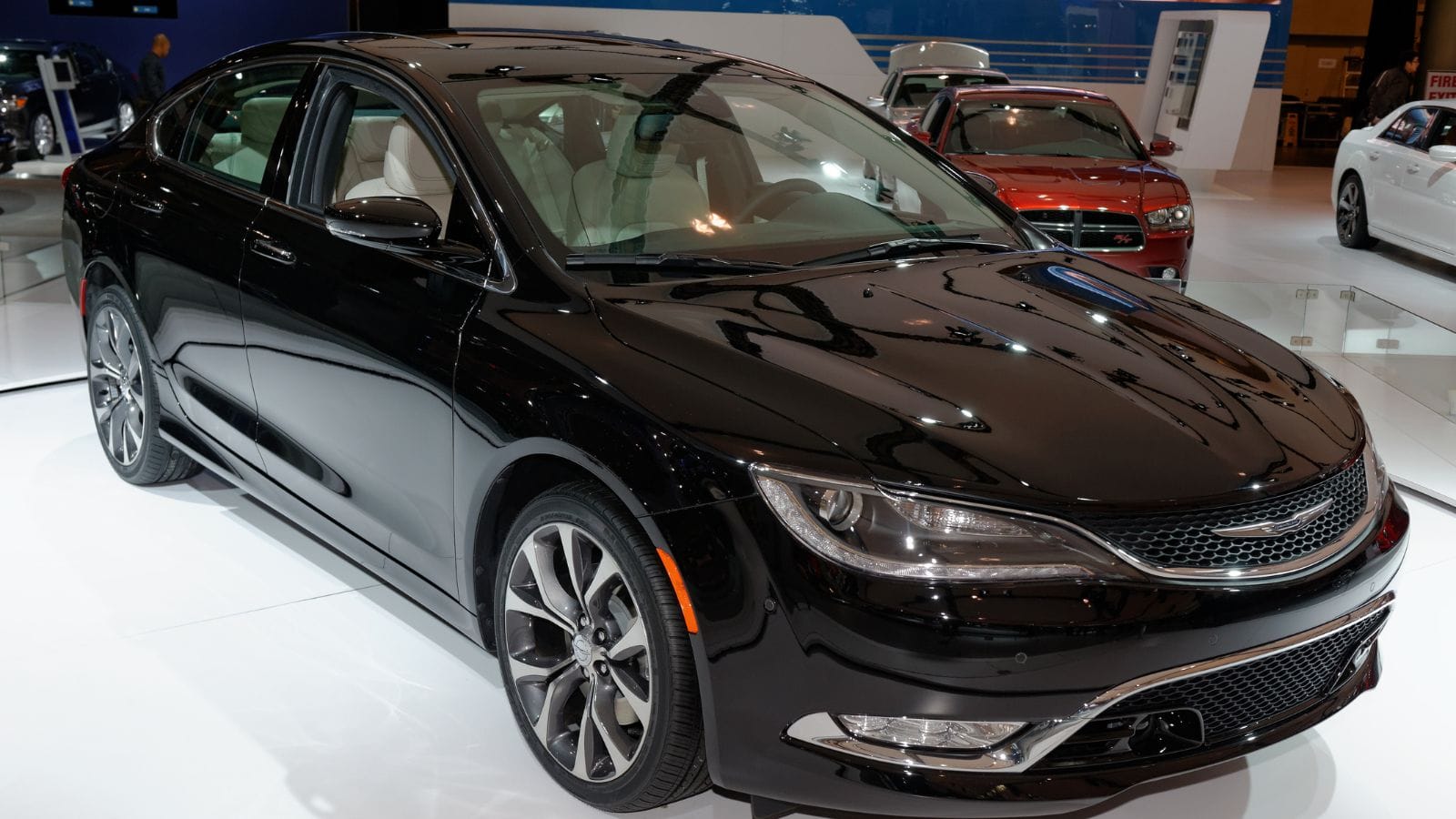
The Chrysler 200 was meant to be Chrysler’s stylish mid size competitor, but reliability doomed it almost immediately. The nine speed transmission was a repeat offender, with rough shifting and frequent failures. Owners also reported electrical issues and poor build quality, from faulty sensors to cheap interior parts that wore out fast. Major repairs often topped 4,000 dollars, more than many owners wanted to spend on a sedan with lukewarm resale value. Sales collapsed quickly, and Chrysler killed the model, admitting it was a mistake.
Tesla Model S (2012–2019)
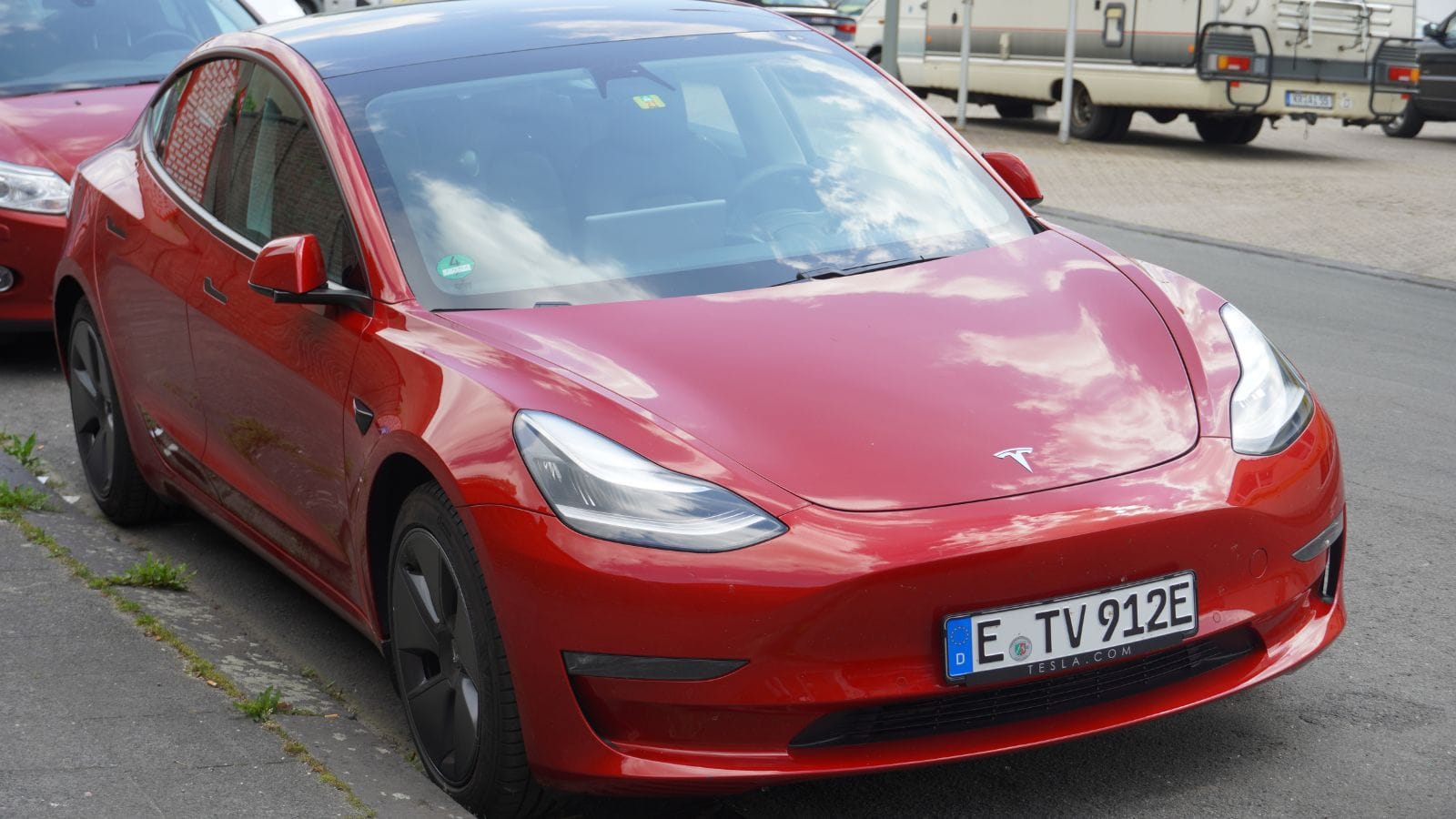
The Tesla Model S captured headlines with blistering acceleration and futuristic technology, but reliability has always been a sore point. Owners reported door handles that stopped working, air suspension systems that failed, and major touchscreen glitches that made basic controls difficult. Replacing a touchscreen alone could cost up to 2,500 dollars. Suspension arms and ball joints wore out shockingly early, leading to expensive visits to Tesla service centers. While the drivetrain proved solid, the constant small failures left many feeling that the car was more prototype than finished product.
Dodge Journey (2012–2020)
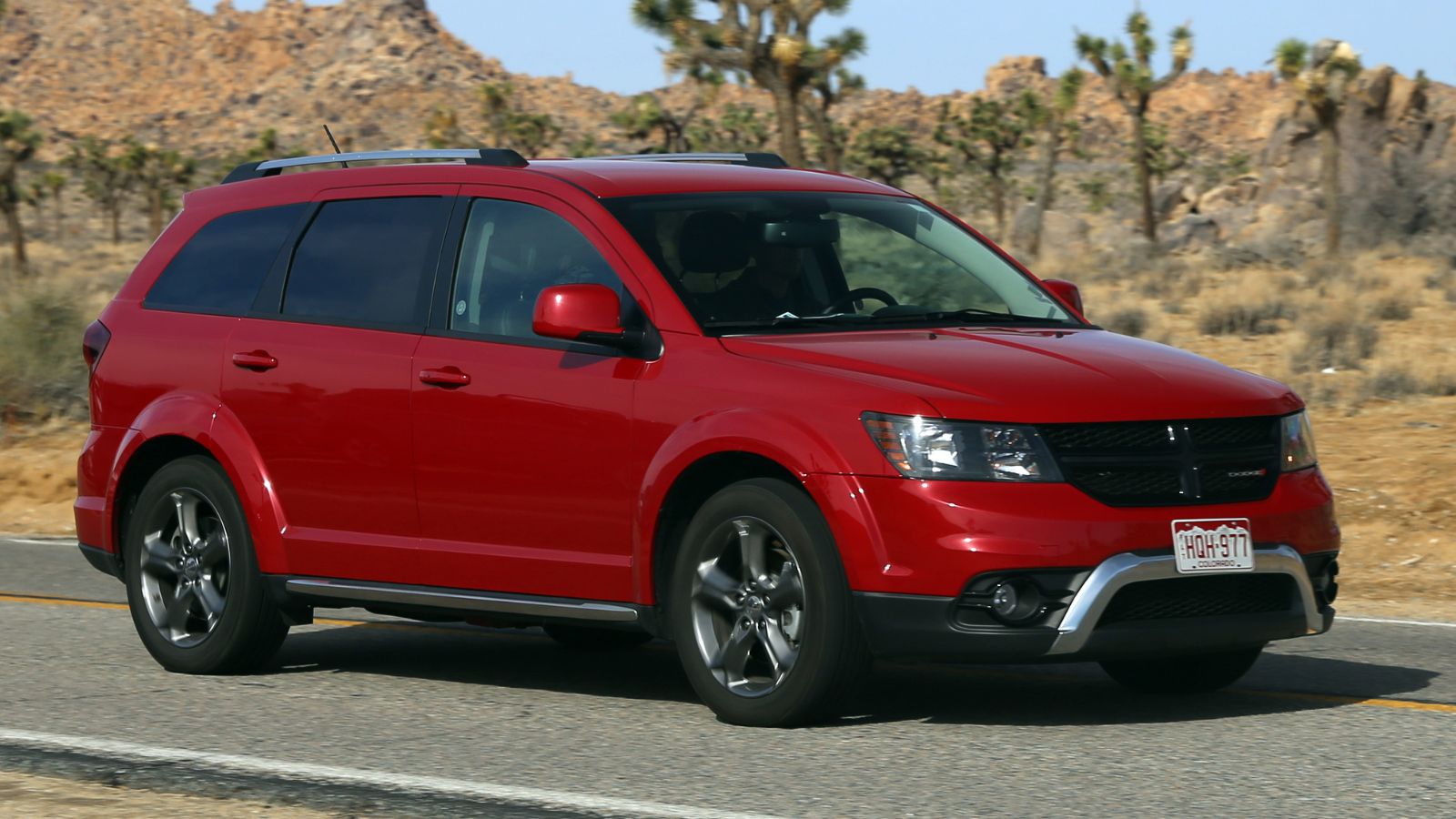
The Dodge Journey somehow stayed on sale for nearly a decade, but reliability was never a selling point. Engines often burned oil, transmissions shifted poorly or failed outright, and electrical problems cropped up regularly. Owners also dealt with air conditioning failures and premature brake wear. While repair costs were not always astronomical—often in the 500 to 1,500 dollar range—they happened frequently, making the Journey feel like a constant money pit. The fact that it was cheap to buy only made the disappointment greater when bills started stacking up.
Volkswagen Jetta (2011–2015)
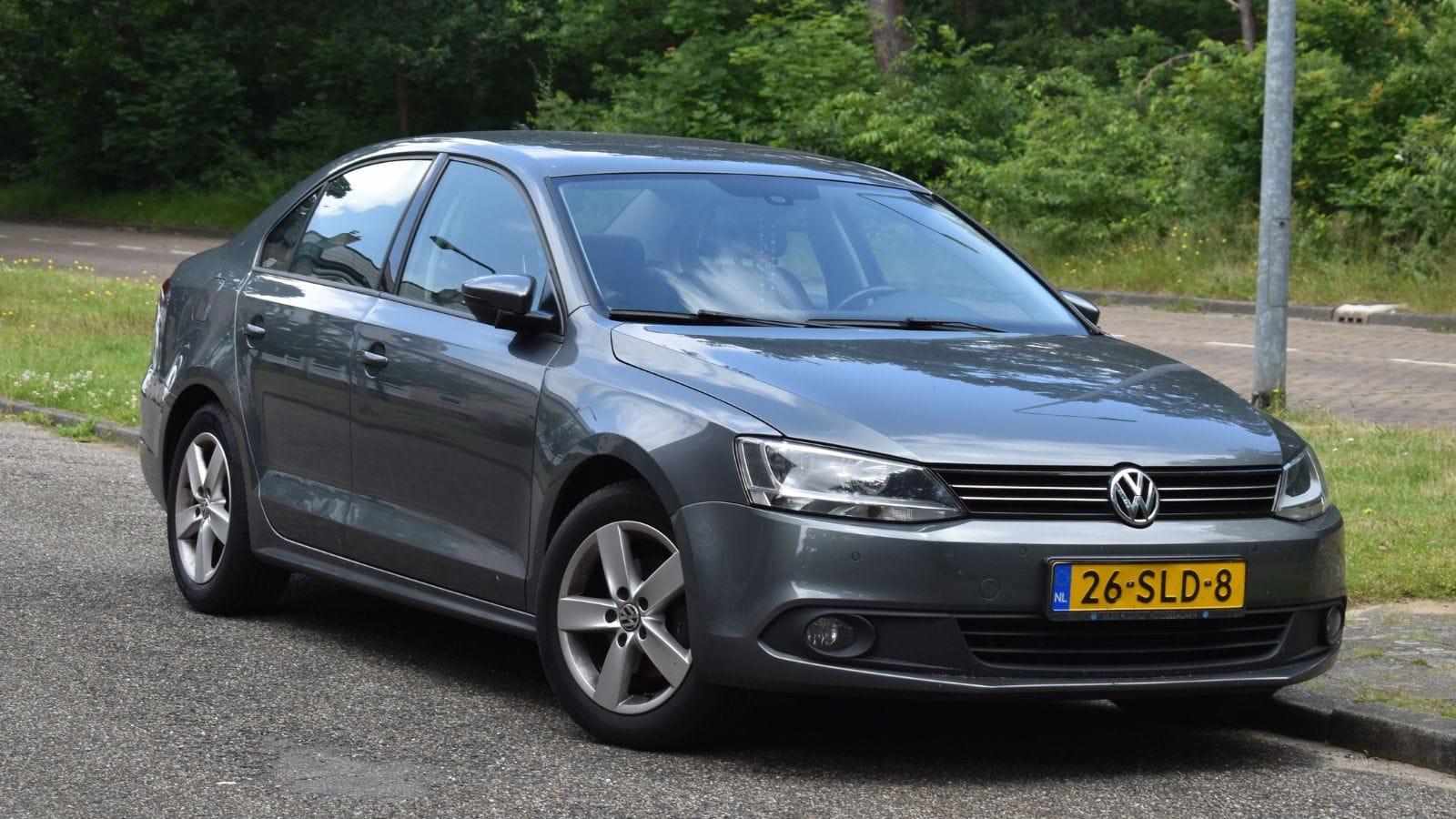
Volkswagen marketed the Jetta as an affordable German sedan, but reliability did not back up the promise. Turbocharged models suffered from blown turbos and failing timing chains, repairs that easily topped 2,000 dollars. Electrical failures added to the headaches, with issues ranging from failing sensors to entire infotainment systems going dark. Some owners praised the driving feel, but the costs of keeping one running often outweighed the fun. Compared to Japanese rivals that could rack up 200,000 miles with little drama, the Jetta felt fragile.
Chevrolet Silverado 1500 (2014–2016)
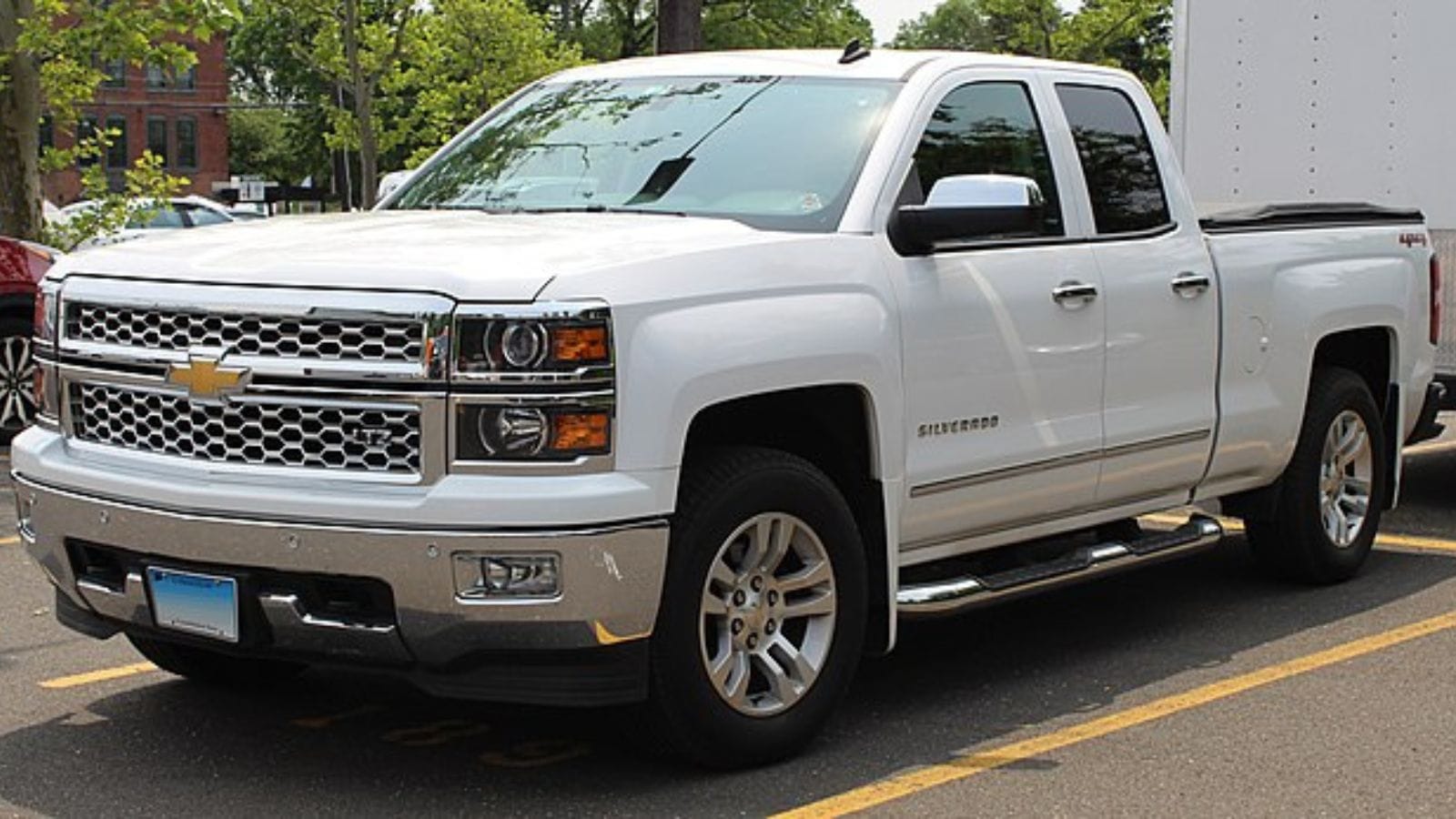
Full size trucks are expected to be workhorses, but certain Silverado 1500s of this era let owners down. Engines were prone to excessive oil consumption, leading to premature wear. Transmission failures were also common, sometimes requiring 3,500 dollar replacements. Air conditioning systems frequently failed as well, with repair bills ranging from 1,200 to 1,800 dollars. Considering the Silverado’s high purchase price, owners were especially bitter about reliability issues. It highlighted that even trucks, which once had bulletproof reputations, were not immune to serious flaws.
Mini Cooper (2010–2019)
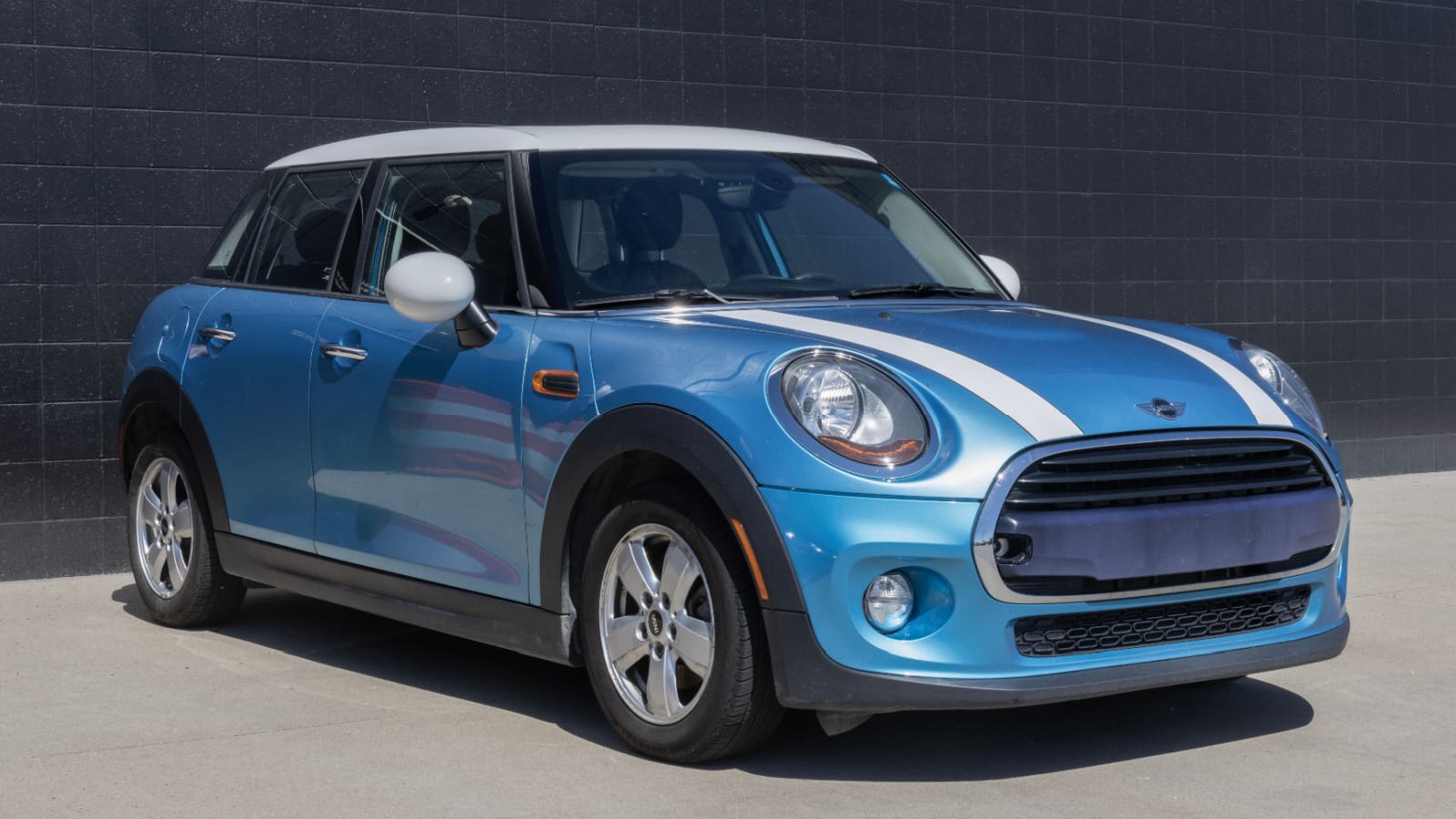
The Mini Cooper delivered big style in a small package, but reliability was one of its weakest traits. Engines suffered from oil leaks, timing chain failures, and premature turbocharger problems, with repair bills that often topped 2,000 dollars. Electrical glitches were constant, from failing window switches to malfunctioning power steering pumps. Because Mini parts are tied to BMW, repairs cost more than owners expected. Mechanics often warn that owning a Mini means “paying Mercedes money for Honda reliability.” For many, the charm of the Mini was outweighed by the pain of constant breakdowns.
25 Facts About Car Loans That Most Drivers Don’t Realize

Car loans are one of the most common ways people fund car purchases. Like any other kind of loan, car loans can have certain features that can be regarded as an advantage or a disadvantage to the borrower. Understanding all essential facts about car loans and how they work to ensure that you get the best deal for your financial situation is essential. Here are 25 shocking facts about car loans that most drivers don’t realize:
25 Facts About Car Loans That Most Drivers Don’t Realize
